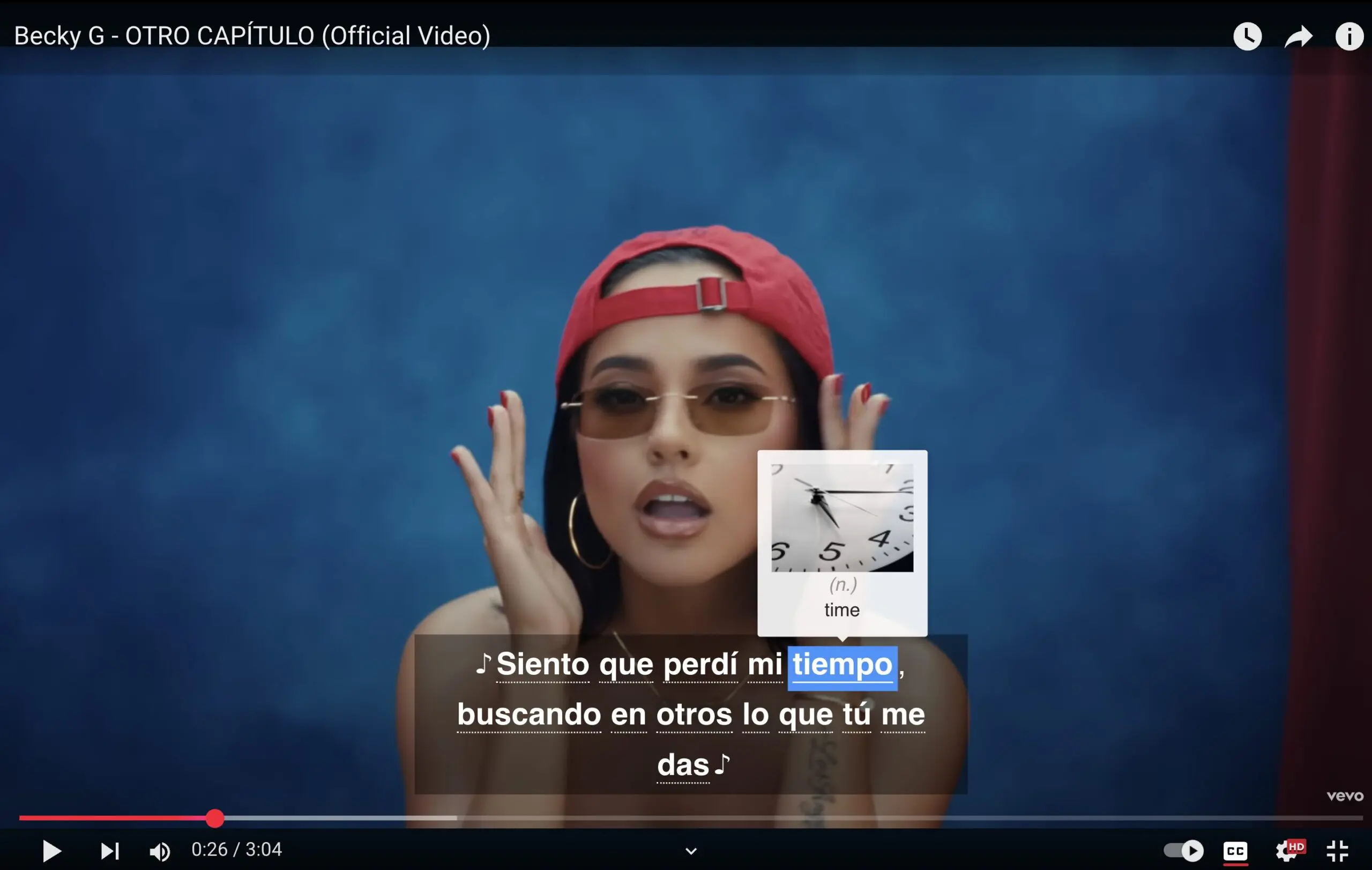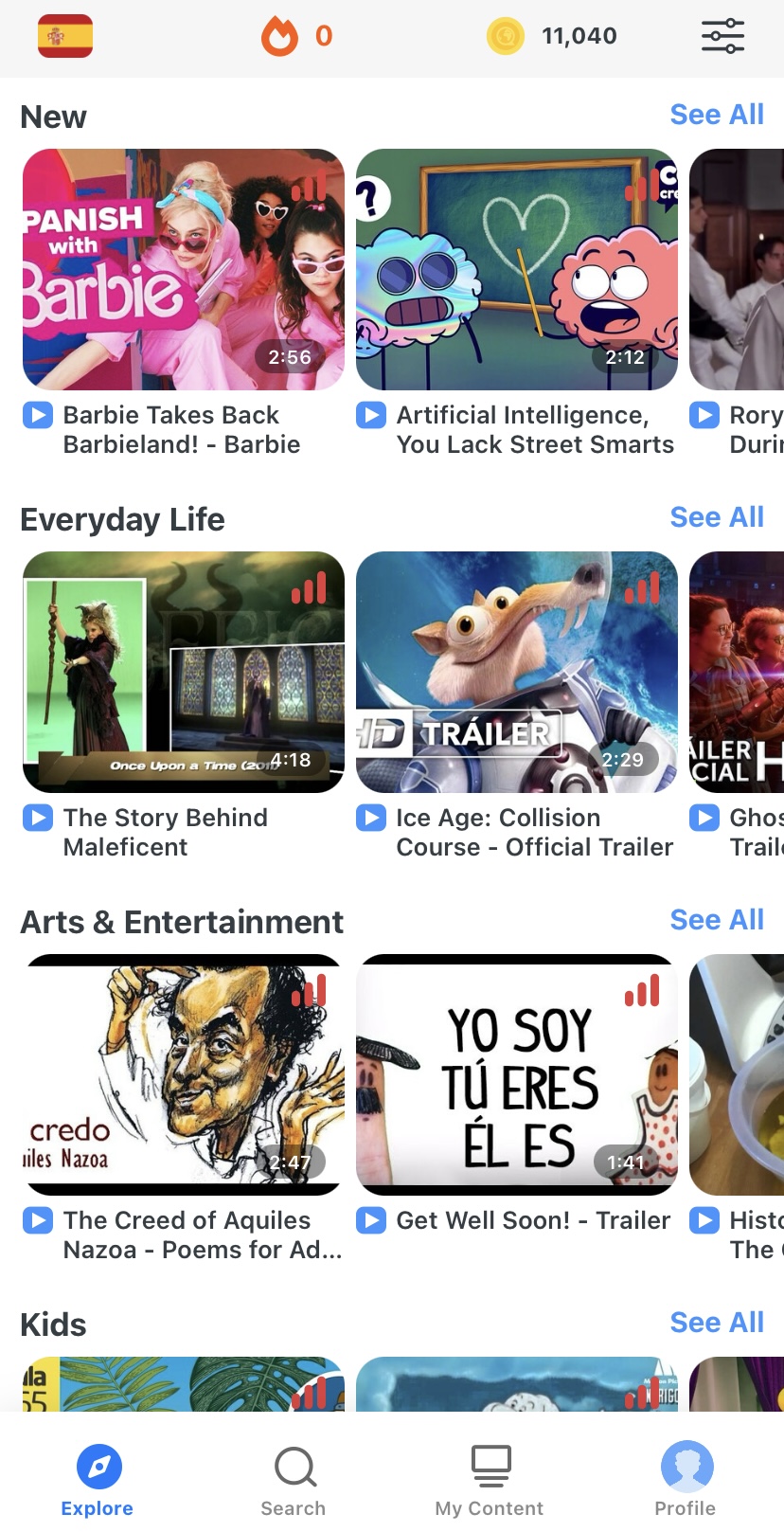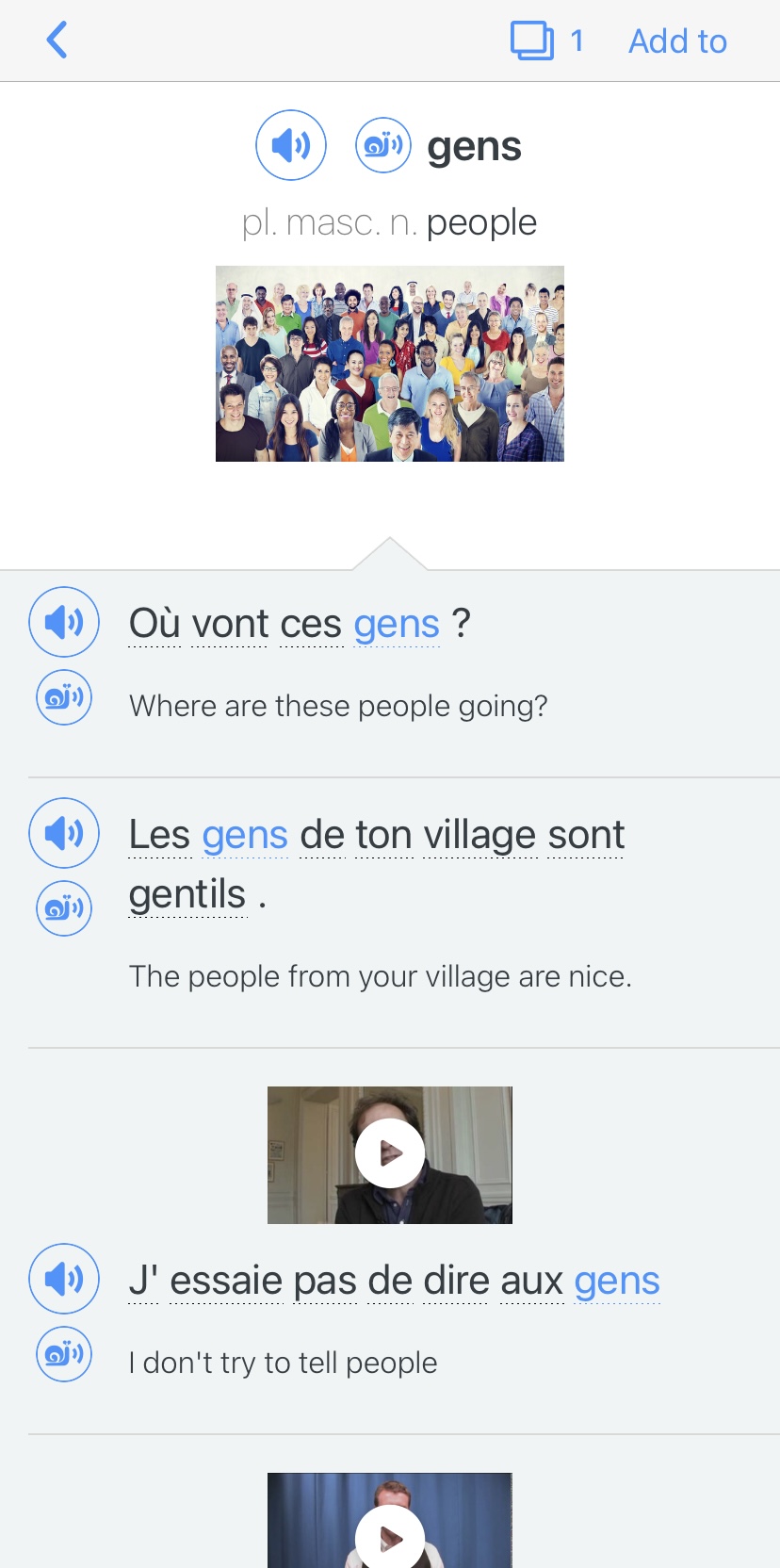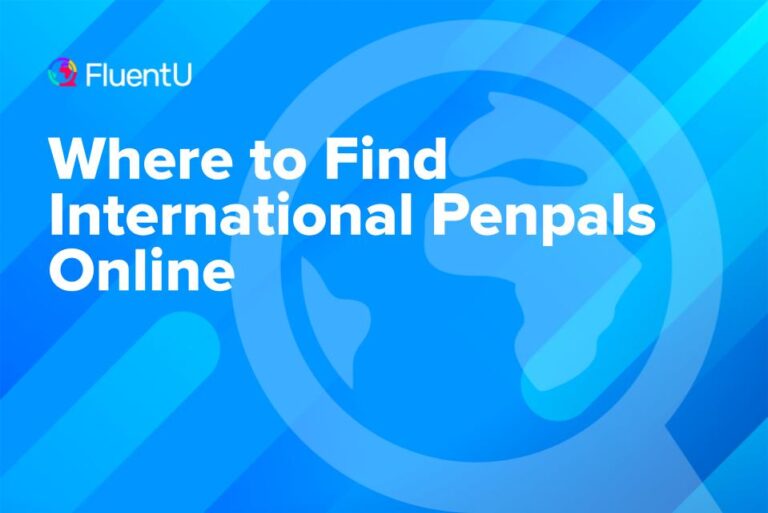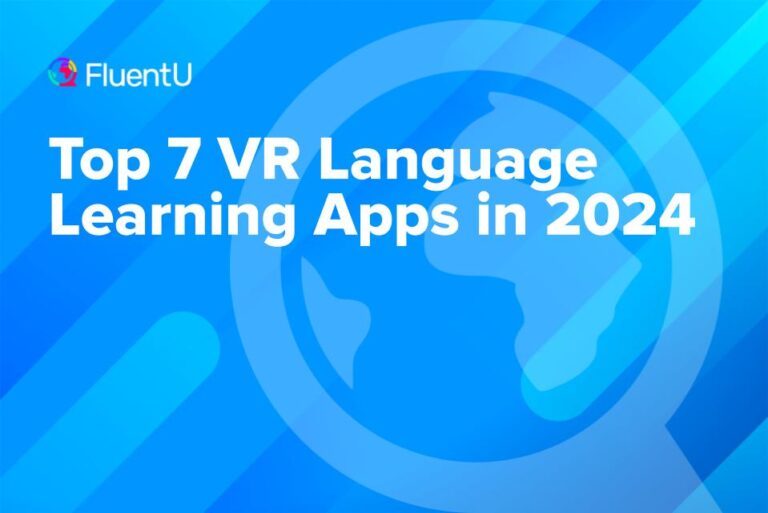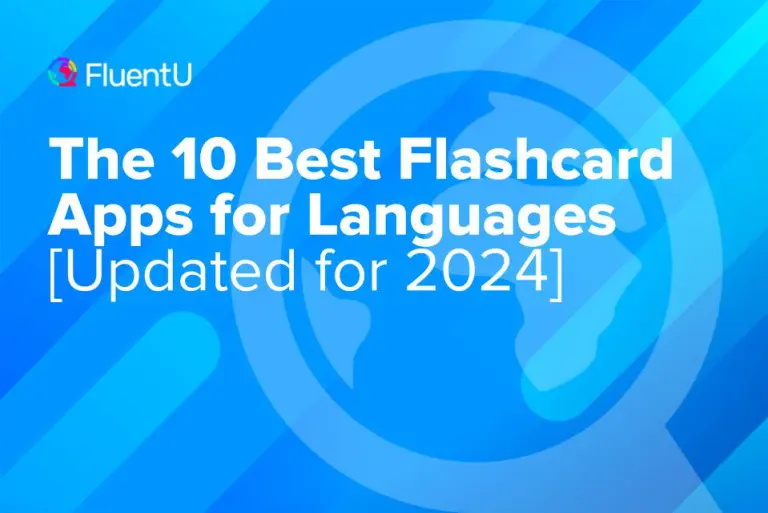How to Study with FSI Language Courses (The Way Diplomats Learn)

FSI language courses are used by the U.S. Government to train diplomats and other officials.
These self-guided text and audio courses aren’t the flashiest options out there, but they are useful and thorough language lessons—all available completely for free. The FSI lessons come from a reputable source where the material (very crucially) needs to be accurate. And like any free resource, they are definitely worth giving a try!
In this post, we’ll go over what the FSI language courses are and how exactly you can make use of them in your own studies. You can also check out this video from the FluentU YouTube channel:
Download: This blog post is available as a convenient and portable PDF that you can take anywhere. Click here to get a copy. (Download)
What are FSI Language Courses?
The Foreign Service Institute (FSI) is the organization that trains people for foreign affairs positions in the U.S. State Department.
Citizens sent to represent the United States abroad need to navigate important diplomatic affairs with cultural awareness—and they often need to get by in places where English isn’t spoken.
So, language education is a vital part of training for diplomats.
They take the FSI courses to learn through professional instruction while also practicing self-study on their own time using language modules designed for solo learning.
Lucky for us, these self-study materials are public domain and free for anyone to distribute and use! They’re available as a series of correlated audio and text language lessons.
How to Learn with FSI Language Courses
So you’re ready to try out the FSI courses… but where to begin?
We’ll go through, step-by-step, what you need to do to get started learning and to use these courses to their full potential.
1. Decide where you’ll access the courses
Because the FSI courses are public domain, they can be found at multiple different locations on the web.
You might prefer one site’s interface over another, but they are basically the same courses across different sites wherever you find them (though some sites might have updated their selection of courses more recently).
Here are a couple of the most convenient ways to access the FSI courses for free:
- Yojik shows the courses and provides a link to learn more about FSI. The interface for the lessons is bare bones and no nonsense. It’s nothing fancy to look at, but you can access and download the courses very quickly and without any fuss.
- Live Lingua hosts the courses to keep the material from becoming lost. There are 49 languages available through the site. Many have more than one course in the target language. The visual layout is more helpful as well, with the PDF text supplements embedded into the website alongside the audio lesson tracks.
Fortunately, most languages have more than one course available. And some have as many as a dozen! But it’s best to start at the beginning, even if you already know a bit of the language.
Your progress will be determined by your desire to learn rather than limited by the materials at hand. When you’re ready, you can download the next level, doing the work in steps until all levels of proficiency are achieved.
Materials vary from language to language so you should consider how deeply you want to pursue the language. If you’re only looking for basic or intermediate fluency, there’s enough material to accomplish that for almost every language.
2. Download the course materials
You can access the courses online from the sources listed, but you can also download the e-books and audio files to keep them on hand to study whenever you want.
Each course has an outline included in the files that sync with the audio files. It’s independent study, but very self-explanatory.
There are courses that have little “extras,” so keep an eye out for those. My favorite? Some courses include flashcards which I find particularly helpful. Use the resources provided!
3. Work on your pronunciation
It might be painful to hear yourself speak when you’re first learning a language, but that’s a hurdle worth clearing. Record responses to the language drills and compare them with audio files.
Diplomats record themselves when studying at the Institute. It’s been proven a valuable exercise so don’t skip this part.
4. Supplement your FSI course
If you’re like most of us, you have a busy schedule. Often, the lack of time leads to inconsistent language learning habits. But there are many ways to incorporate language learning into even the busiest schedule.
Expert Russian translator Olga Dmitrochenkova advises that learners should “use every opportunity to get exposed to the new language,” and involve the language in your everyday life by labeling objects in your home, reading books in the target language and even holding conversations with imaginary friends in the new language.
To get started with this, you can write vocabulary words on Post-Its and stick them all over your house. And you can outsource your label-making by using a Vocabulary Stickers set, which gives you well over 100 words to put on items around your home and office.
Another way you can incorporate language learning into your everyday life is to spend time taking in some media from your target language. You can listen to podcasts in a foreign language or even watch videos online from native speakers.
A language learning program like FluentU lets you watch videos with language learning tools like interactive subtitles and accompanying flashcards and quizzes.
FluentU takes authentic videos—like music videos, movie trailers, news and inspiring talks—and turns them into personalized language learning lessons.
You can try FluentU for free for 2 weeks. Check out the website or download the iOS app or Android app.
P.S. Click here to take advantage of our current sale! (Expires at the end of this month.)

The point is—don’t use just the FSI courses—do as the diplomats do and add language exercises whenever you can to enrich the coursework.
Which Language Should You Learn?
Among the more than 40 languages included in the publicly available FSI courses are some uncommon ones that you don’t often see offered elsewhere.
Fula is spoken in the Senegal River Valley. I’m not sure there’s a huge demand for it, but I did listen to some of the tapes and it’s interesting to hear.
Hausa is spoken in a handful of African nations, so if you plan to travel to one of those countries, there’s a good way to learn to speak like a local!
Spoken in the Philippines, Tagalog is represented well in the FSI courses. If you’ve ever had a heart for the language, there’s more than enough material available to get you beyond the basics.
Some of the more common foreign languages have many courses on the FSI language list. There are book lessons, audio material and flashcards to take some learners through basic, intermediate and advanced levels.
French
There are eight French courses available! These courses will give you hundreds of pages of text and hundreds of audio files to work with over a long period of time.
Spanish
Spanish language learners hit the jackpot with the FSI courses. There are eight courses for this language as well, including a few specialized for use in particular parts of the world, such as Puerto Rico.
German
If you’re interested in learning to speak German, you’re in luck. There are five courses, including one FAST course designed to let learners hit the ground running!
Chinese
Chinese is a specialty at the FSI. There are so many courses to choose from, there’s bound to be one to suit any learner.
You’ll have the opportunity to freely explore all 16 Chinese courses, including modules that deal with very specific linguistic and cultural topics, as they’re all free for your learning pleasure.
For example, the FSI Mandarin Chinese Car Module, along with an assortment of other interesting modules, teach learners how to manage in a Chinese-speaking environment even when dealing with unexpected emergencies. Not a bad resource to have at your fingertips!
Japanese
For Japanese learners, there are two FSI courses: a FAST course and a Headstart course, which clock in with a combined ten hours of audio learning and six e-books.
FSI Language Learning FAQ
What’s it like to study in an actual FSI environment?
The actual in-person learning environment is a cool and diverse—but quite intense—place where students undergo rigorous language training. The FSI offerings are incredibly expansive. For example, the Arlington, Virginia school offers over 80 languages to Foreign Service Officers.
Every day, the diplomat-students at this institute study for a minimum of five classroom hours, are assigned homework and must work independently as well to supplement these lessons. Sounds grueling, but the process works!
How can non-diplomats benefit from the FSI?
The good news is, non-diplomats can utilize FSI coursework—without getting a job with the U.S. Foreign Service.
The country’s primary training for diplomats works just as well for civilians.
Of course, civilians can’t access the same classroom settings or intensive training, but the solo learning materials can be accessed and used online on an individual basis.
All this information is free for the taking.
Among hardcore language learners, the FSI material gets high marks. In fact, many consider these the best free language courses available anywhere.
The courses in the public domain can be accessed by anyone with a desire to master a language. Some material may be vintage but the majority is still on point and useful. A handful of idioms or cultural references have grown old but grammar and vocabulary remain the same.
The Arlington school offers 80+ languages. There isn’t such a wide range of choices online, but even this less extensive digital selection is still amazing.
Dozens of languages, most with multiple, in-depth courses, are available.
It’s a veritable language learner’s paradise!
My Experience Learning German with FSI
Learning, speaking or even just listening to a foreign language gets me excited. And I’m curious by nature. So I had to give these FSI resources a try!
Learning German was something I’d flirted with for about a year but without any actual commitment.
I decided to challenge myself and see how much German I could learn in 28 days from the FSI courses.
Getting started
Before starting on these courses, I had no real prior German language skills and was pretty clueless about the language.
FSI has five courses available for German. I didn’t expect to become fluent within a short time span, so that number seemed more than adequate for my experimental purposes.
The course selection includes:
- Headstart
- FAST Course
- Basic Course: Volume 1 and 2
- Programmed Introduction Course
I chose to do all the courses, beginning with the Headstart course. I added up the materials: eight e-books, 129 audio files (with a run-time of over 52 hours) and over 1,000 pages of coursework. I felt pretty safe knowing that I wasn’t going to run out of lessons!
With my busy schedule, I decided that for this short-term experiment I could commit four hours daily to learning German. I dove right in and stuck with my study routine.
What it’s like to study with FSI courses
The material is relevant, despite some of it being a bit dated. I skimmed past out-of-date references and concentrated on learning the core language.
The basic course was created more than 50 years ago but the stated goals of the course—to speak accurately, fluently and easily—are still relevant and attainable.
The e-books break each lesson down so well that it’s nearly impossible to get lost. The material is divided into sections, and lessons build upon what has already been learned.
Verbs and tenses are covered so well that, by the end of the drills, I was able to conjugate with very little difficulty. The material is a bit formal and dry, but I have to admit that the repetition and the strong presentation of various tenses really did make it all sink in.
I was stumped at first with the pronunciation. Getting the hang of making sounds that are incomparable to anything I use in the English language stumped me at first.
Long and short vowels were honestly a bit confusing but the textbook explanation allowed me to eventually figure out the nuances.
I’m not totally on top of reading and properly pronouncing unfamiliar German words but I’m managing to get most of them.
The results and my verdict
So what was the outcome of my 28-day test?
I’m not fluent in German by any means but I’m certainly able to conduct basic conversation and also read a bit.
I’m capable of discussing everyday topics, asking for (and giving!) directions, ordering in a restaurant and dealing with grammar issues. I’m reading basic level graded readers now.
My comprehension is greater than I’d hoped so I’m feeling quite successful.
The courses do work and they’re not at all difficult to follow. Everything is presented in a logical way and it’s not a hassle to move between the different courses.
Would I recommend taking the FSI courses? Absolutely! I had a blast in my four weeks trying them out.
Sure, it was hard work and it took some time commitment. Were there times I was discouraged? Definitely. But I pressed on and am so glad I did.
I think anyone with a love for languages could benefit from checking the FSI material out.
I’m already planning on my next language courtesy of the FSI courses. Why not take full advantage of a resource that’s time-tested and has been shown to work with both diplomats and ordinary language learners like myself? And if I can do it, anyone can!
If you’re adventurous, try learning two languages at once from these dynamite courses. Grab your passport, put your diplomatic language dancing shoes on and test out your new skills.
Me? I’m headed to Germany! Auf Wiedersehn!
Download: This blog post is available as a convenient and portable PDF that you can take anywhere. Click here to get a copy. (Download)
And One More Thing...
If you're like me and love learning languages through real-world content, FluentU is a game-changer. With FluentU, you're not just memorizing words—you’re learning how native speakers actually use them.
With our newest feature, you can now bring FluentU’s interactive tools to any subtitled content on YouTube or Netflix—or even import YouTube videos directly into your FluentU account!
You’ll also get access to a huge variety of content in our curated video library, from movie trailers to news clips, music videos, and more. The best part? FluentU makes this native-language content accessible for learners of all levels.
While you watch, you can tap on any word in the interactive subtitles to see a definition, an image, audio, and useful example sentences. Want to practice new words later? Add them to your flashcards with one click. No more pausing to look up and write down new words!
And FluentU helps you actually remember what you learn with personalized quizzes, plenty of example sentences, and extra practice with the words you find difficult.
Ready to start learning in a more natural, immersive way? Try FluentU on your computer or tablet, or download the FluentU app from the App Store or Google Play. Click here to take advantage of our current sale! (Expires at the end of this month.)
